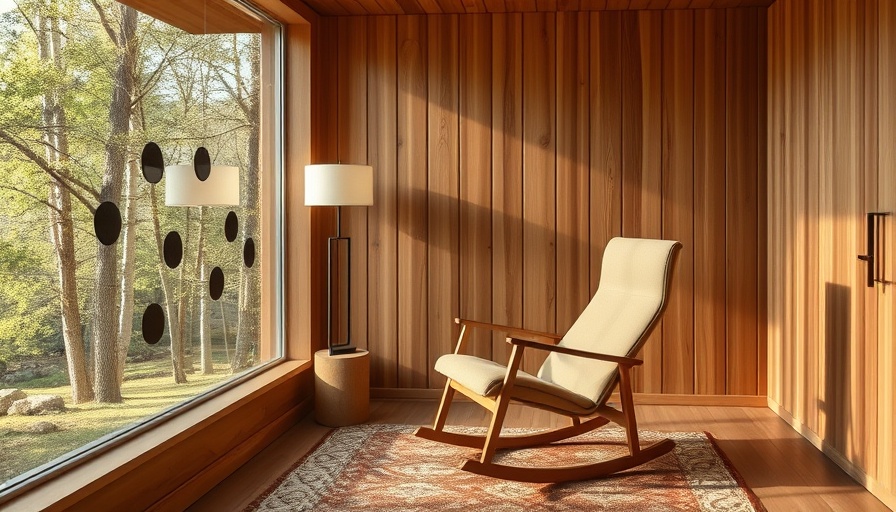
Choosing the Right Insulation: A Homeowner’s Dilemma
When homeowners in Brooklyn consider insulation for their basement, the decision often holds significant implications for the overall comfort and efficiency of their home. This choice isn’t just about temperature control; it becomes a vital component in ensuring a livable environment amidst the New York climate's unpredictable nature. In our detailed examination, we’ll scrutinize the two leading contenders: spray foam and fiberglass insulation.
Understanding Basement Insulation
Insulation's primary function is to limit the transfer of heat, crucial for a region like Brooklyn, where we see seasonal swings that can affect energy bills and comfort levels. Acquainting ourselves with how insulation materials function not only demystifies the selection process but also emphasizes the need to opt for the most fitting choice based on structural considerations and residential needs.
Spray foam insulation, often praised for its air-sealing properties, expands upon application, filling gaps and creating an airtight barrier. On the other hand, fiberglass insulation, which has long been a staple for many homes due to its affordability, creates insulation through air pockets formed by tiny glass fibers. Understanding these characteristics is crucial for deciding which type of insulation can optimize your space.
The Benefits of Spray Foam Insulation
Spray foam insulation has gained popularity in recent years, particularly for spaces vulnerable to extreme moisture like basements. What sets it apart? Its ability to create an airtight seal plays a critical role in eliminating drafts, which translates to lower heating and cooling expenses when properly installed.
Furthermore, spray foam is resilient against moisture issues, an essential attribute for any basement prone to dampness and potential mold. Its water-resistant qualities mean it stands up against the persistent humidity found in Brooklyn's basements, promoting a healthier living environment. Nevertheless, be prepared for a higher upfront cost compared to fiberglass, which may dissuade some homeowners.
Pros and Cons of Fiberglass Insulation
Fiberglass insulation has been a favored option for many homeowners for its cost-effectiveness and reasonable performance. It’s often easier to install, making it accessible for those interested in a DIY approach. One of fiberglass's key advantages lies in its affordability, which often appeals to homeowners with budget constraints.
However, fiberglass insulation has drawbacks. Its inability to create a sealed atmosphere can lead to air leakage, making it less efficient in maintaining control over indoor temperatures. Furthermore, when exposed to moisture, fiberglass can become a breeding ground for mold, compromising air quality and emphasizing the necessity for adequate moisture control.
Comparing Costs
Price often factors significantly into insulation decisions. Spray foam insulation typically comes with a higher price tag that can range from $1.00 to $3.00 per board foot, depending on the application. In contrast, fiberglass insulation averages between $0.50 and $2.00 per square foot, making it a more accessible choice for many homeowners.
While initial costs matter, it’s essential to analyze the long-term investments associated with energy efficiency. Although fiberglass may be cheaper to install, if it leads to higher energy bills over time, homeowners might ultimately spend more in maintenance and energy loss compared to the more efficient spray foam option.
Installation Considerations
When contemplating insulation for your Brooklyn basement, it's not just about the materials. Installation plays a pivotal role in how effective the insulation will be over the years. Spray foam installation is generally done by professionals and requires expertise, which can add to costs but ensures a job well done with maximum efficiency.
Conversely, fiberglass comes with easier installation that can accommodate DIY enthusiasts, but this could expose homeowners to mistakes if not performed correctly. An improperly installed fiberglass insulation can lead to air leaks, jeopardizing the insulation's efficiency and effectiveness.
Final Thoughts: Making the Right Choice for Your Home
The choice between spray foam and fiberglass insulation for your basement ultimately depends on a multitude of factors including budget, personal preferences, and long-term goals. Consider your home's unique environment, the demands of Brooklyn’s climate, and your lifestyle as you weigh these options. Remember, each home is different, and what works for one basement may not suit another.
Reflecting on all the outlined pros and cons, careful consideration will guide you to a choice that not only enhances your basement’s comfort but also serves as an effective solution for energy efficiency.
Ready to Upgrade Your Insulation?
With the right knowledge at your fingertips, it’s time to take action. Explore reputable contractors and insulation options today to ensure your Brooklyn basement remains a cozy and energy-efficient haven, suited for every season!
 Add Row
Add Row  Add
Add 




Write A Comment